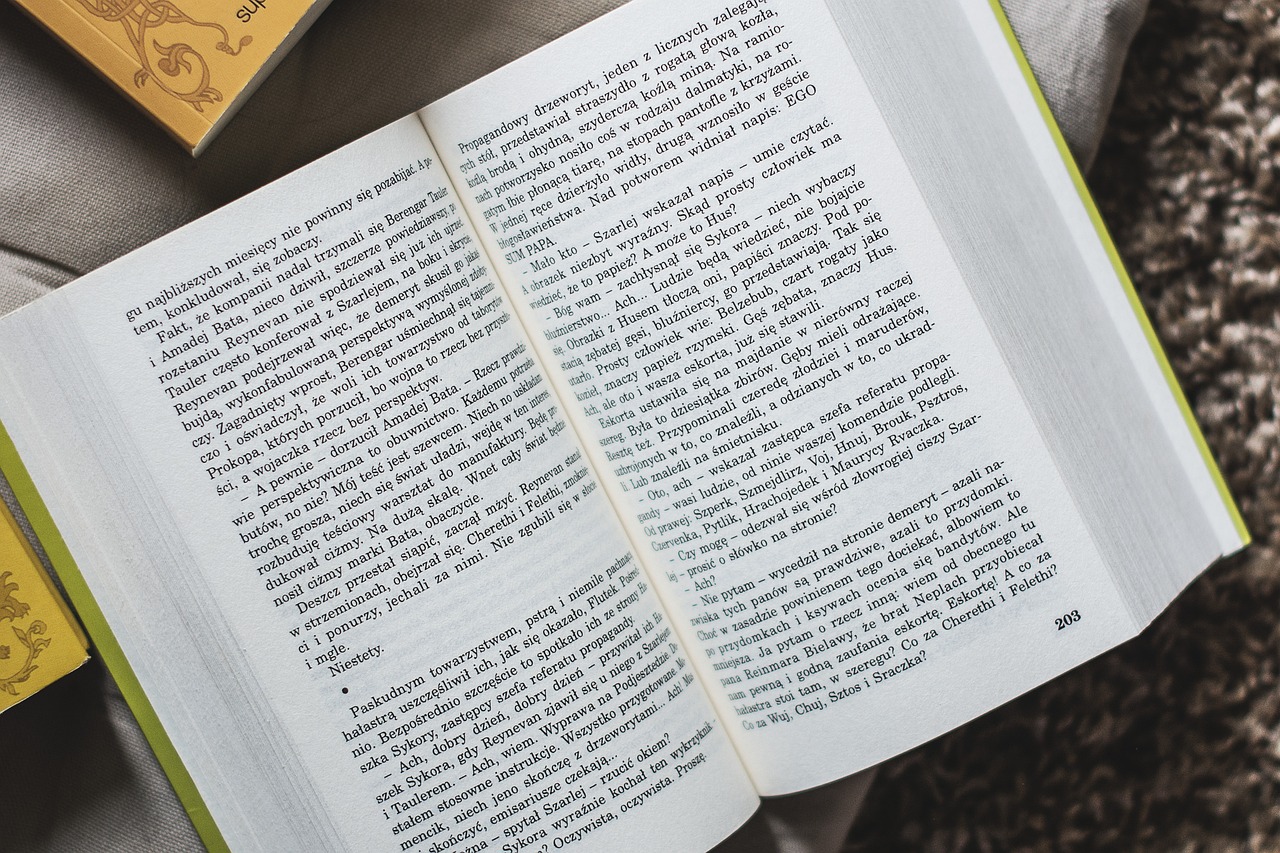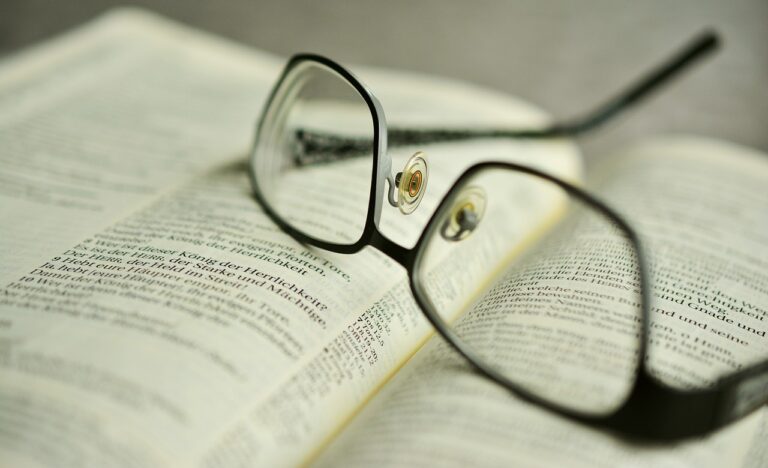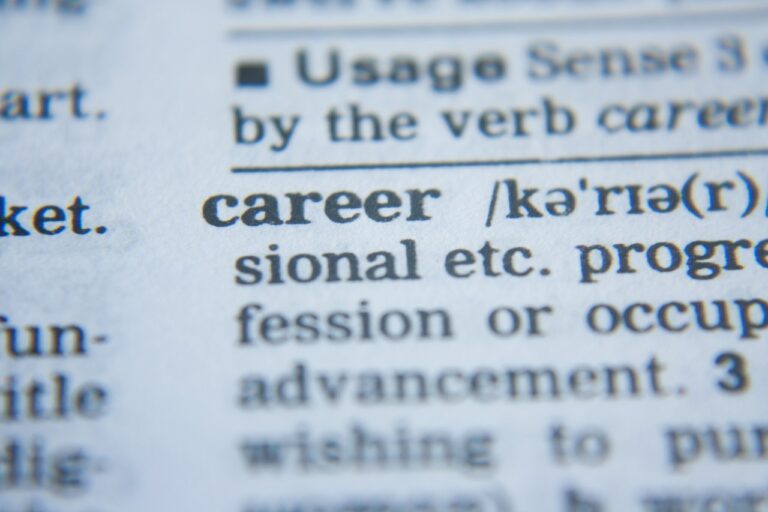Exploring Culturally Relevant Physical Education Curriculum
Cultural relevance in physical education is essential for creating inclusive and engaging learning environments that cater to the diverse backgrounds of students. By recognizing and embracing cultural differences, educators can ensure that all students feel represented and valued in their physical education classes. This not only promotes a sense of belonging and acceptance but also fosters a greater motivation for participation and learning among students from various cultural backgrounds.
Moreover, incorporating cultural relevance in physical education helps to break down stereotypes and biases that may exist within the curriculum. By exposing students to a wide range of cultural practices and perspectives, educators can promote mutual respect, understanding, and empathy among students. This not only enhances the overall learning experience but also contributes to the development of well-rounded individuals who are better equipped to navigate an increasingly diverse and interconnected world.
• By recognizing and embracing cultural differences, educators can ensure that all students feel represented and valued in their physical education classes.
• Promotes a sense of belonging and acceptance among students from various cultural backgrounds.
• Fosters greater motivation for participation and learning.
• Helps to break down stereotypes and biases within the curriculum.
• Exposing students to a wide range of cultural practices promotes mutual respect, understanding, and empathy.
• Contributes to the development of well-rounded individuals who are better equipped to navigate a diverse world.
Understanding the Impact of Cultural Background on Physical Activity
Physical activity is deeply influenced by an individual’s cultural background. This influence can manifest in various ways, such as preferred types of physical activities, views on body image, and attitudes towards exercise. For example, in some cultures, communal forms of physical activity, like dance or group sports, are more valued over individualized activities.
Moreover, cultural beliefs and practices surrounding health and wellness can greatly impact one’s motivation and engagement in physical activity. For instance, in certain cultures, physical activity may be intertwined with spiritual or social rituals, shaping individuals’ perceptions and experiences with exercise. Recognizing and respecting these cultural nuances is crucial in designing inclusive and effective physical education programs that cater to the diverse needs and preferences of students from different cultural backgrounds.
Incorporating Diversity in Physical Education Curriculum
Diversity in physical education curriculum is crucial for fostering inclusivity and understanding among students. By incorporating a wide range of activities that resonate with various cultural backgrounds, educators can create a more engaging and relevant learning environment. This not only promotes physical fitness but also encourages students to embrace and appreciate different perspectives, ultimately enriching their overall educational experience.
Moreover, incorporating diversity in physical education curriculum helps to break down barriers and stereotypes associated with certain types of physical activities. By showcasing a variety of sports and exercises from different cultures, educators can empower students to explore and participate in activities they may not have been exposed to before. This not only promotes a sense of unity and mutual respect but also encourages students to step out of their comfort zones and broaden their horizons in the realm of physical fitness and wellness.
Why is cultural relevance in physical education important?
Cultural relevance in physical education is important because it helps students feel included and valued, leading to higher engagement and motivation in physical activities. It also promotes diversity and understanding among students.
How does cultural background impact physical activity?
Cultural background can impact physical activity in various ways, such as influencing the types of activities individuals are exposed to, their attitudes towards exercise, and the importance placed on physical fitness within their culture.
How can diversity be incorporated into the physical education curriculum?
Diversity can be incorporated into the physical education curriculum by including activities and sports from different cultures, highlighting the contributions of diverse athletes, and addressing cultural differences in movement patterns and fitness practices. Teachers can also create a welcoming and inclusive environment for all students.







